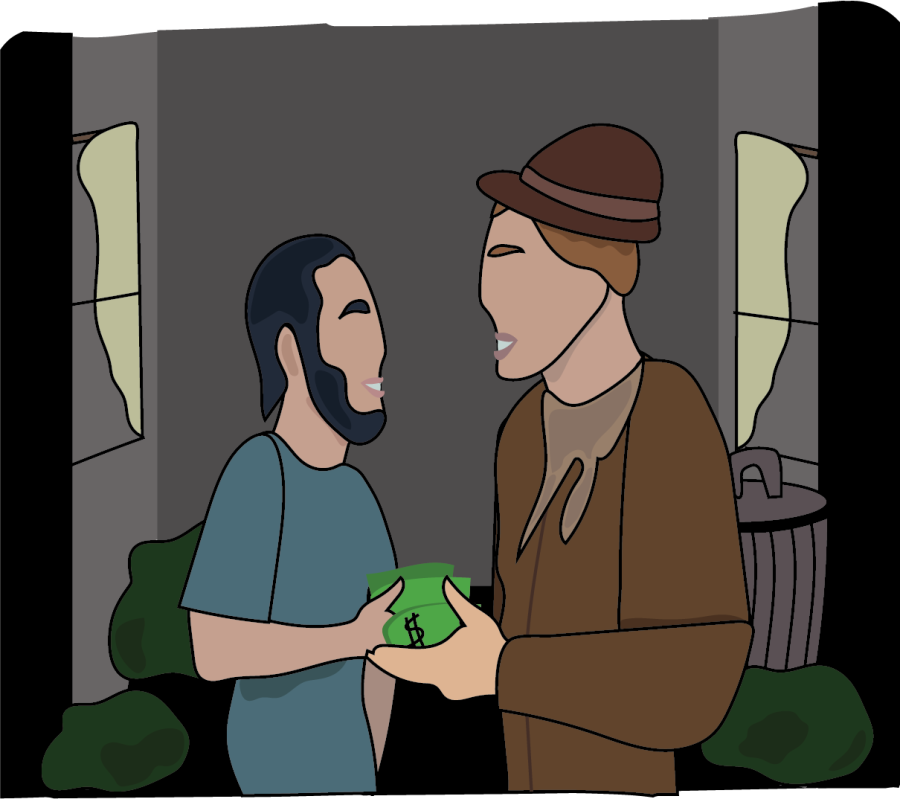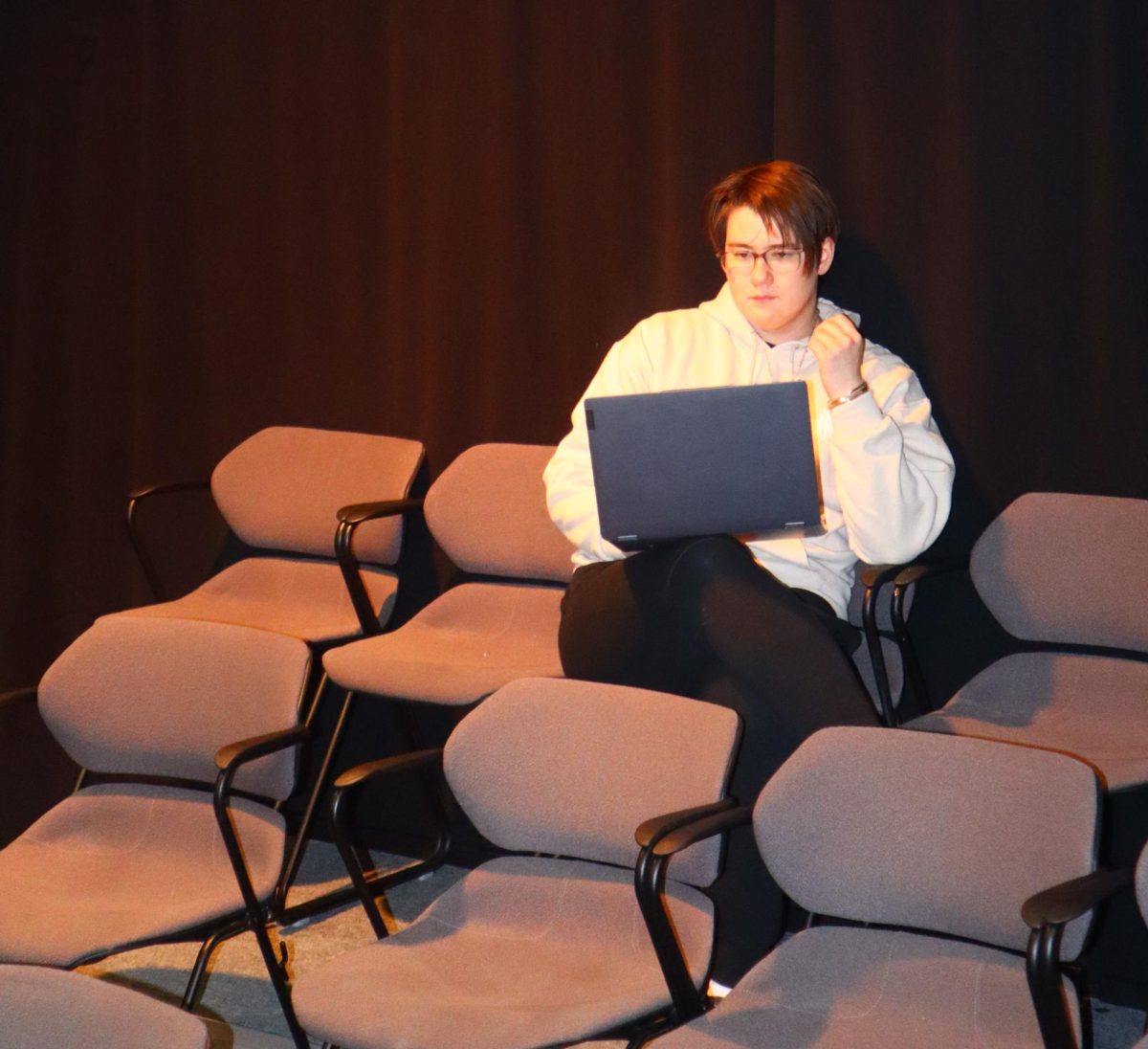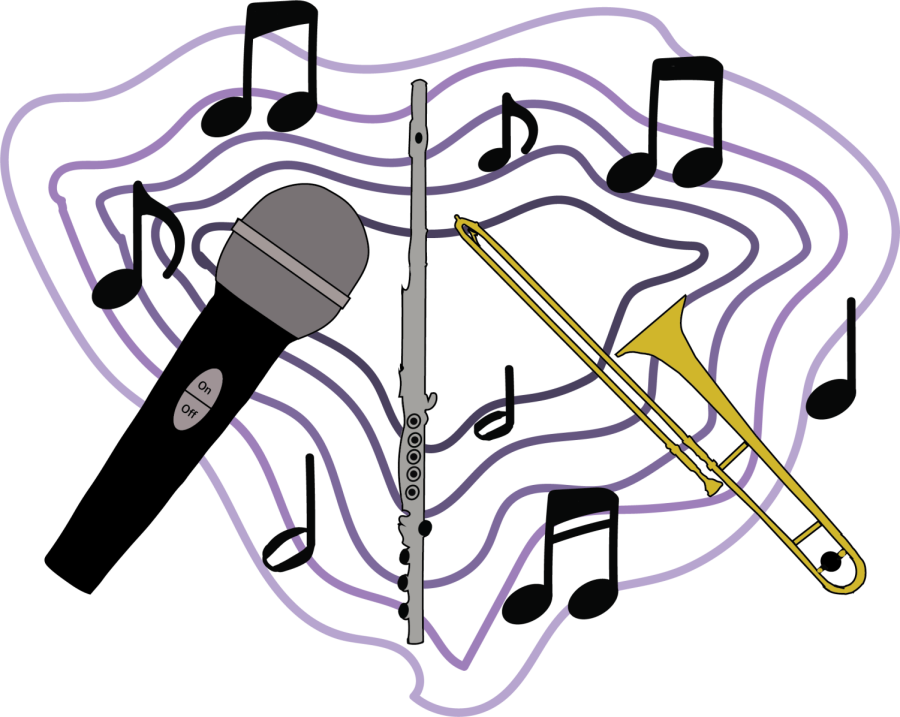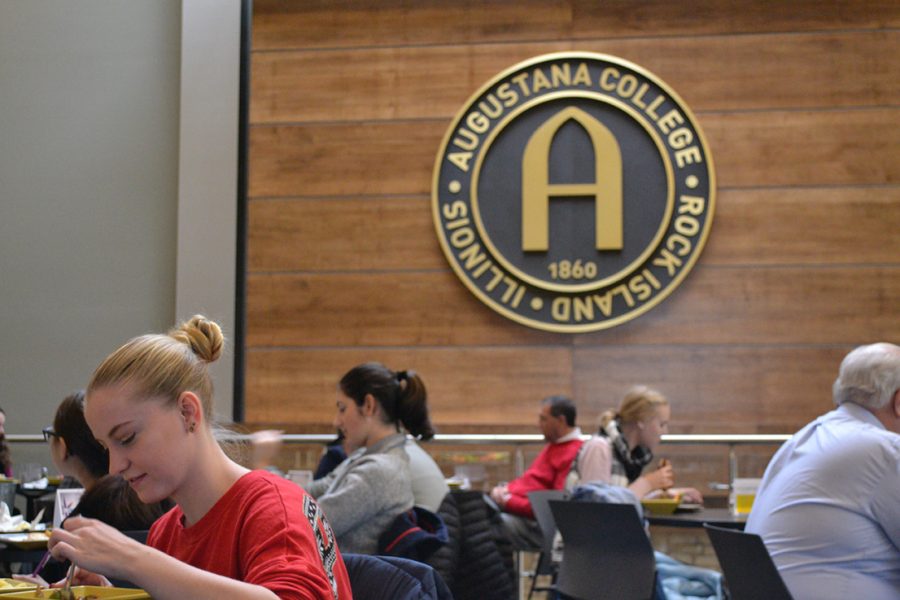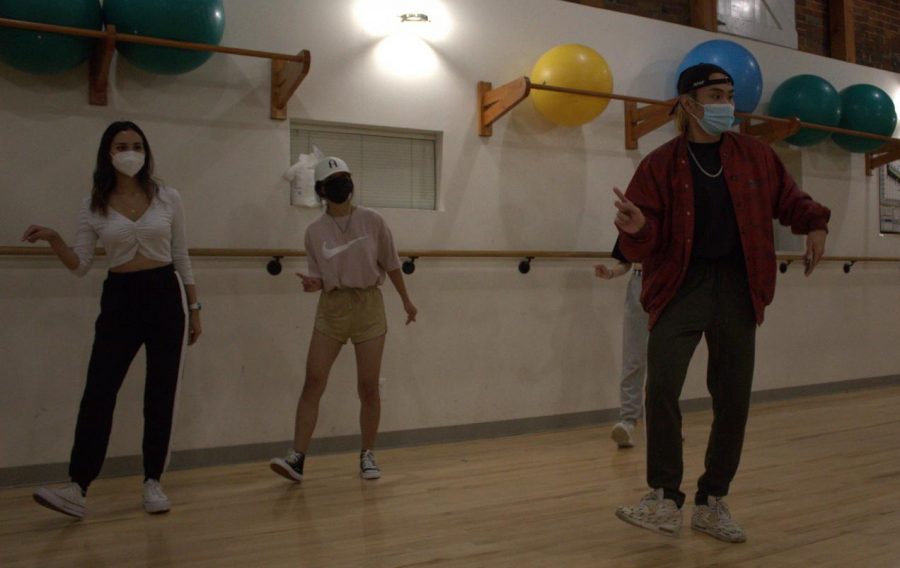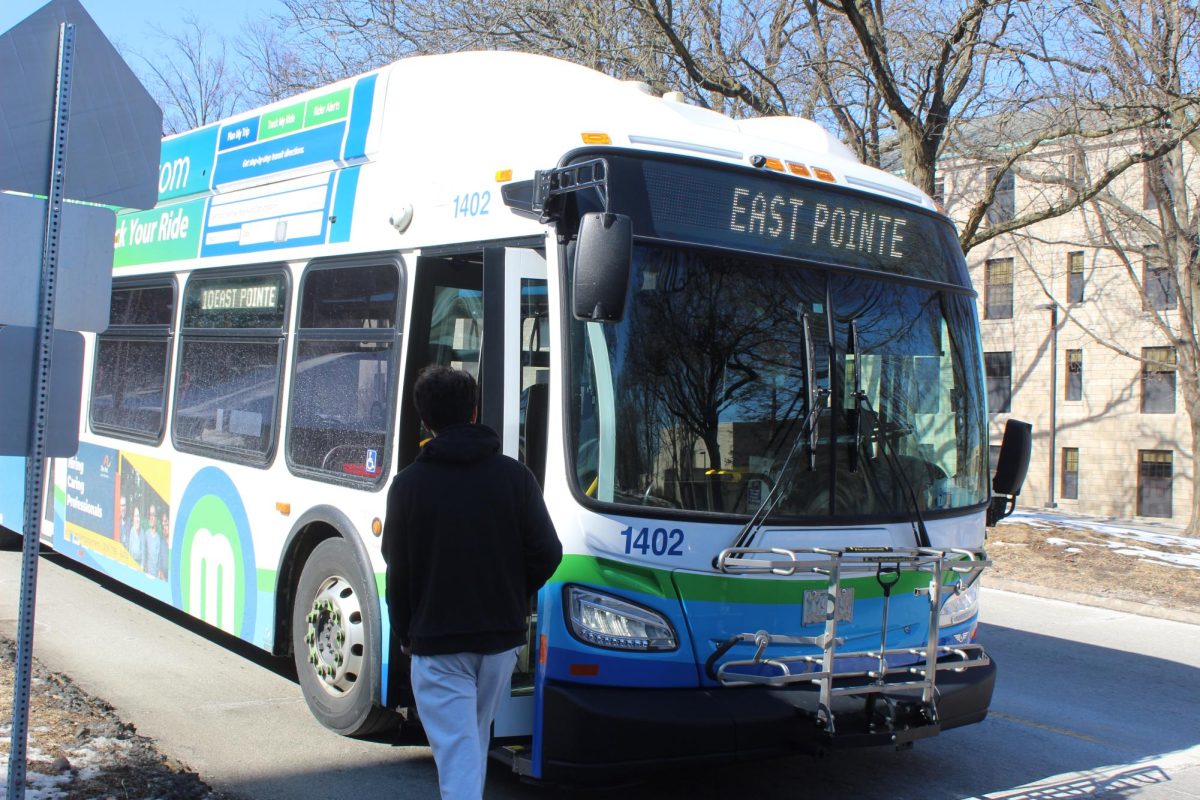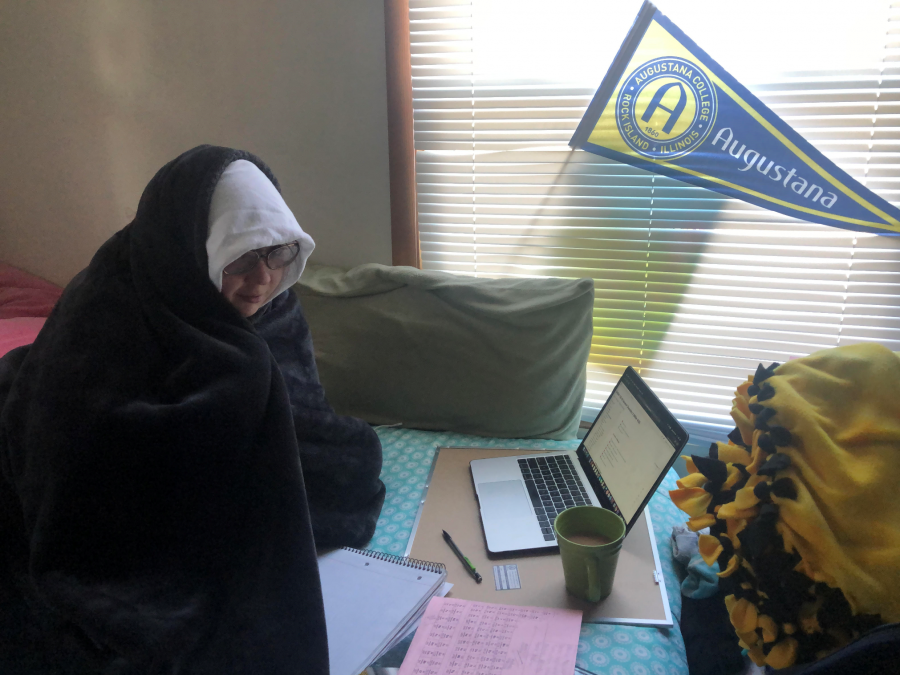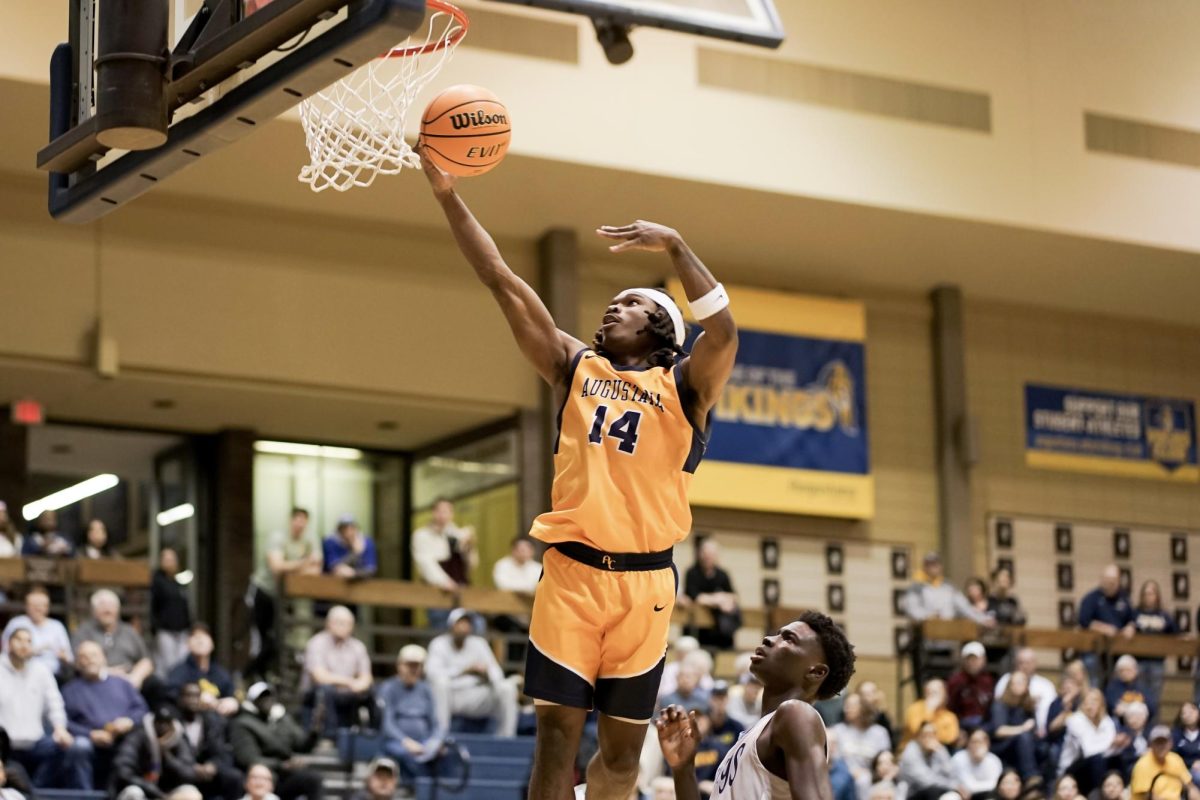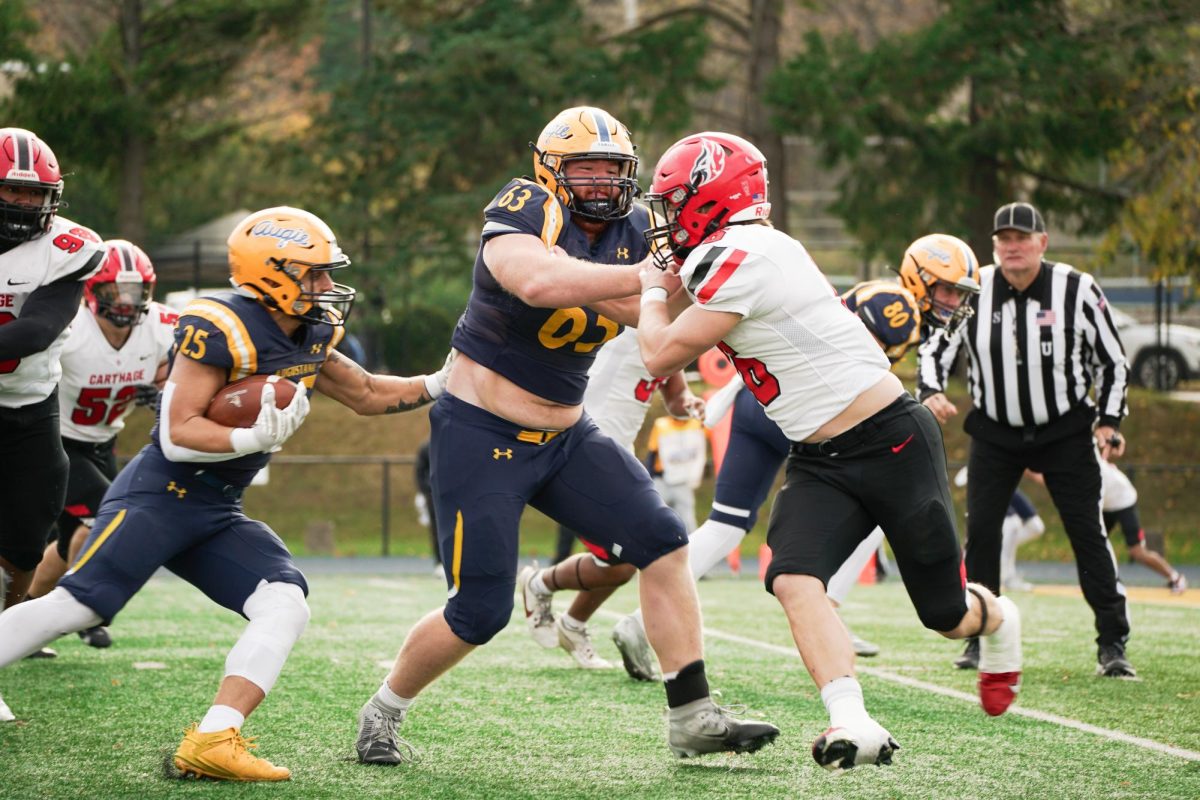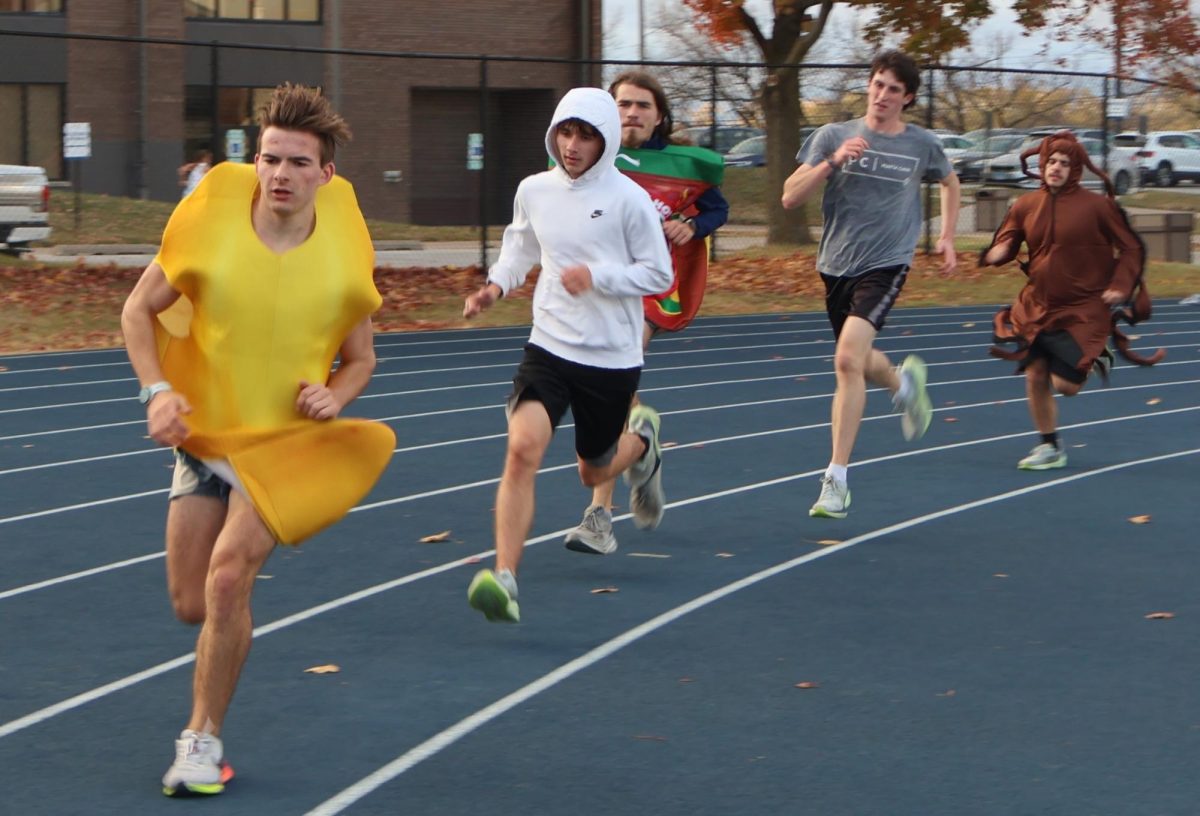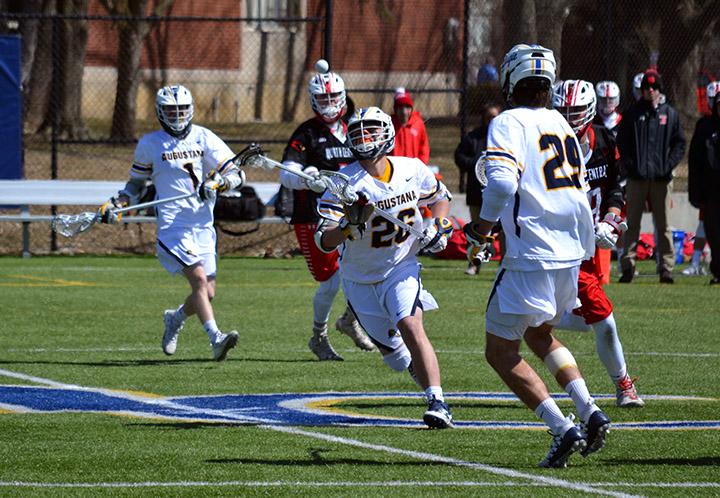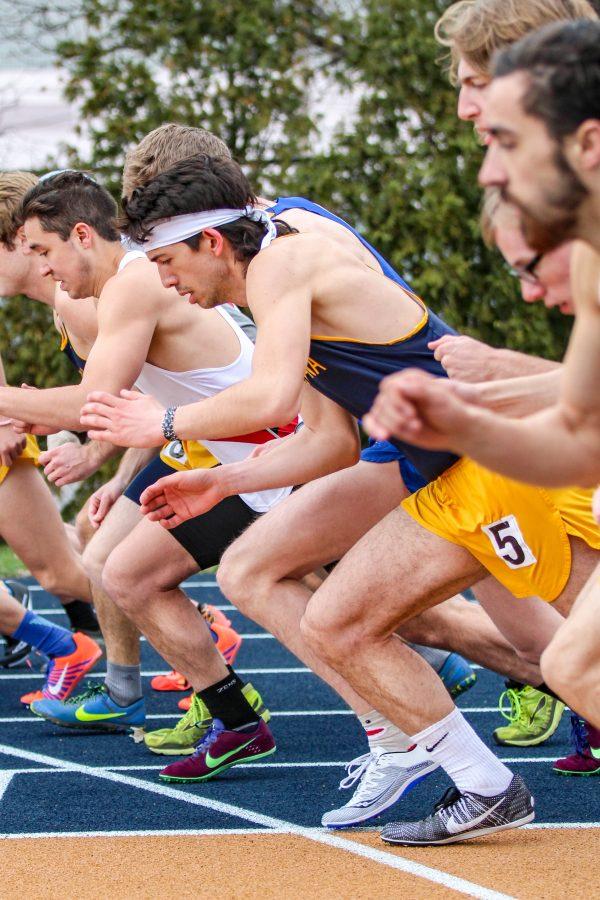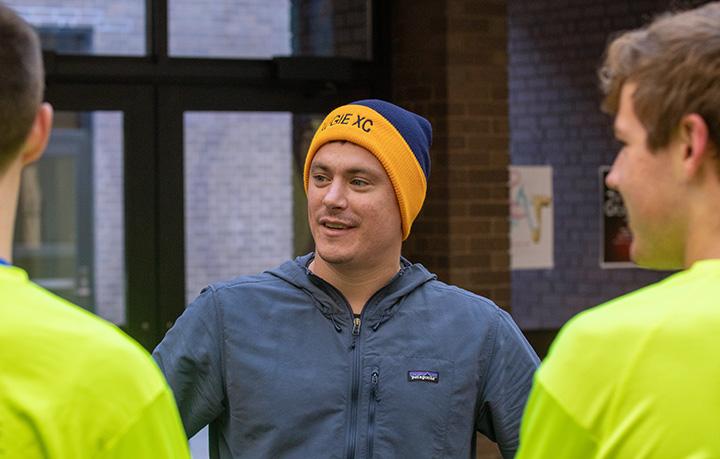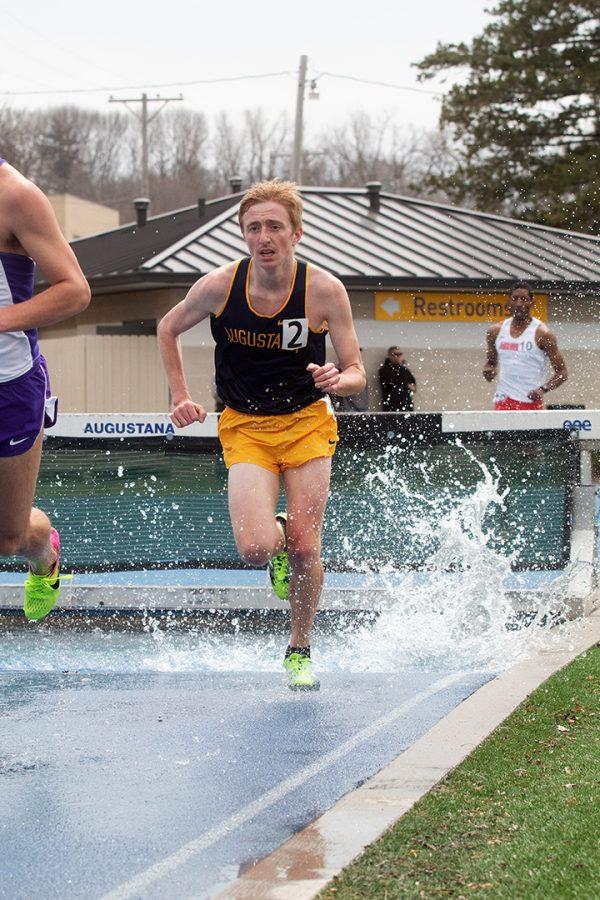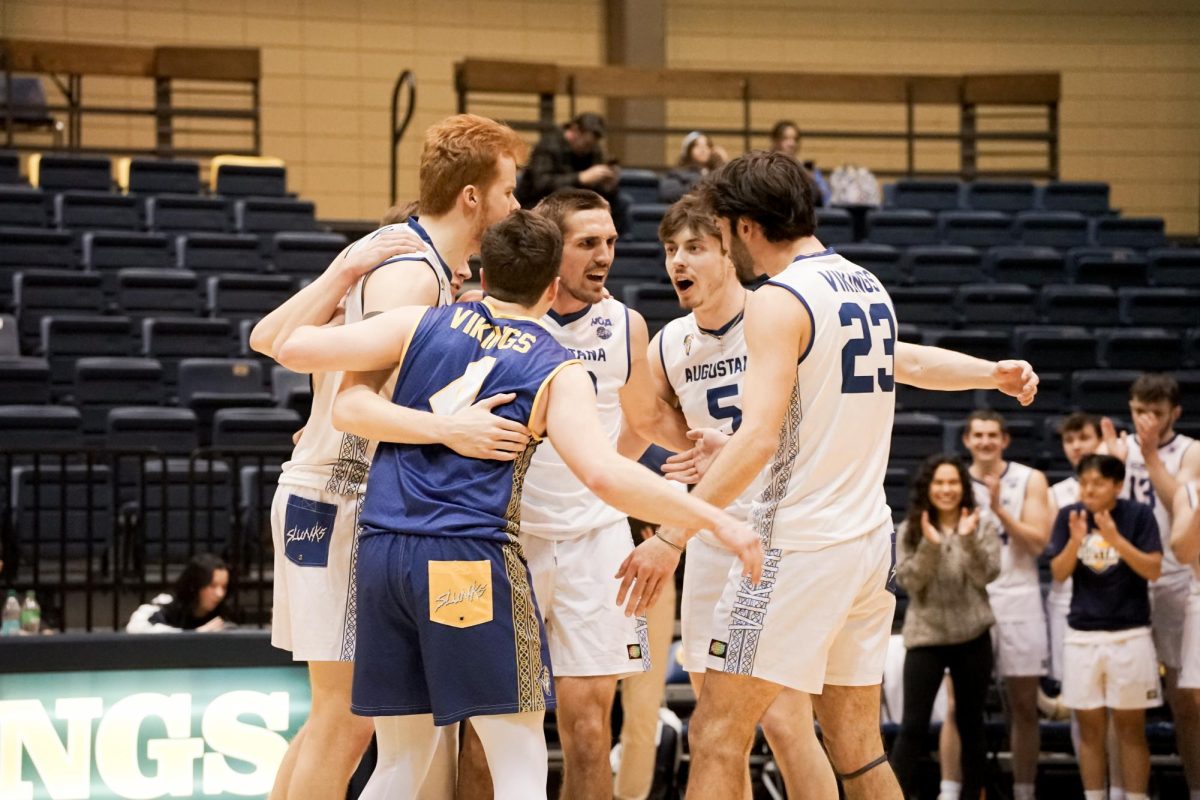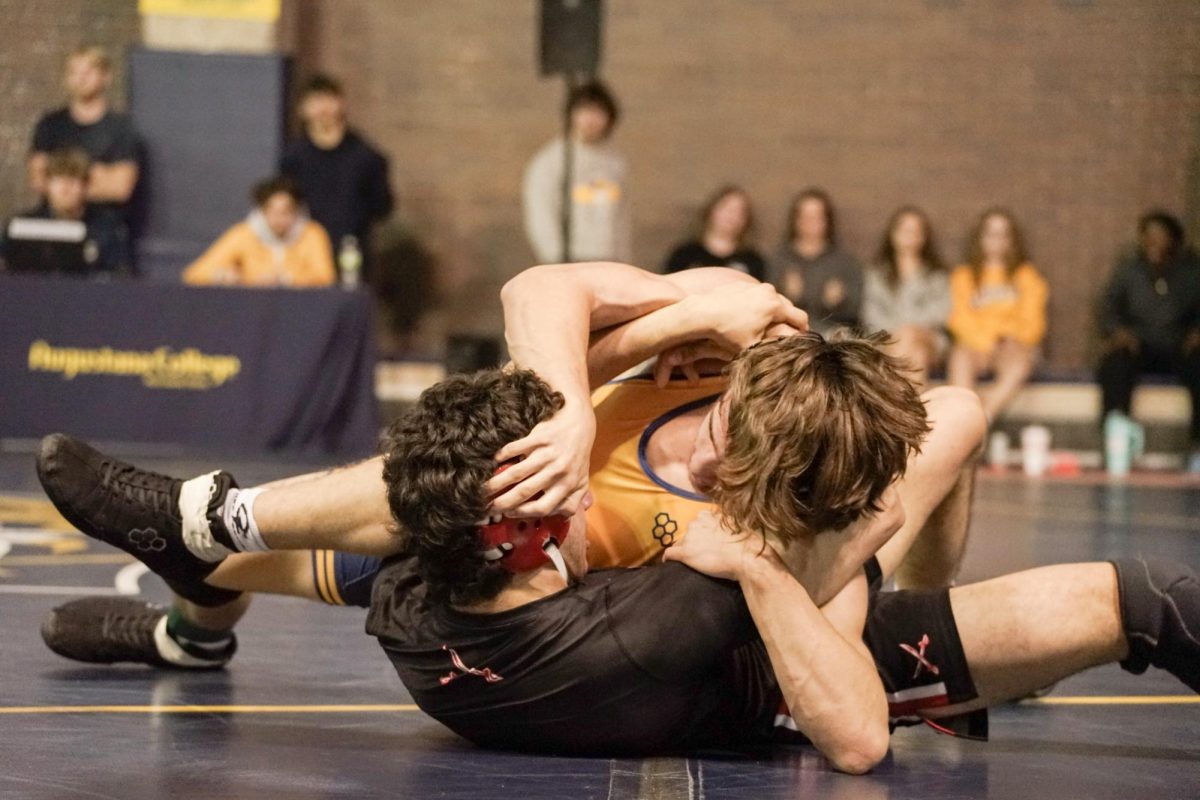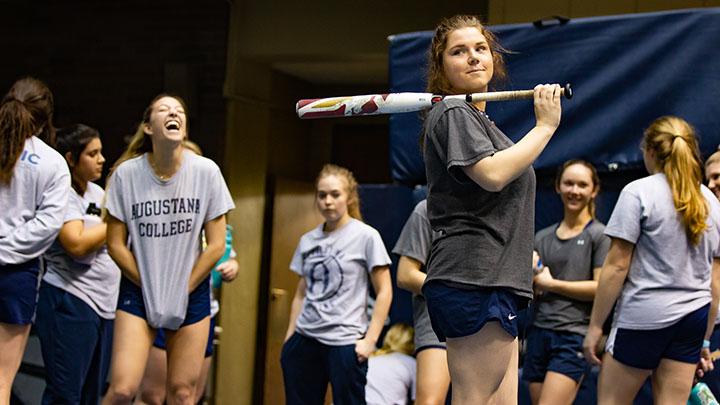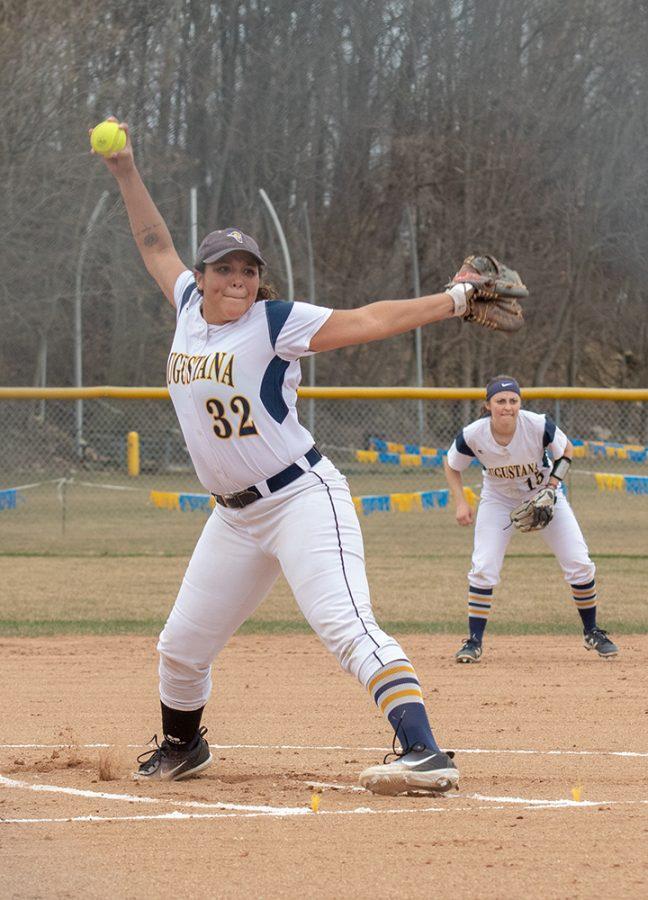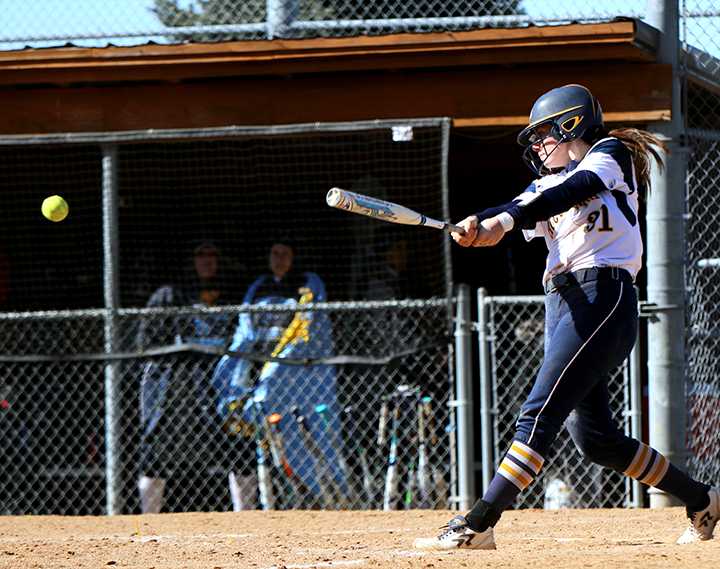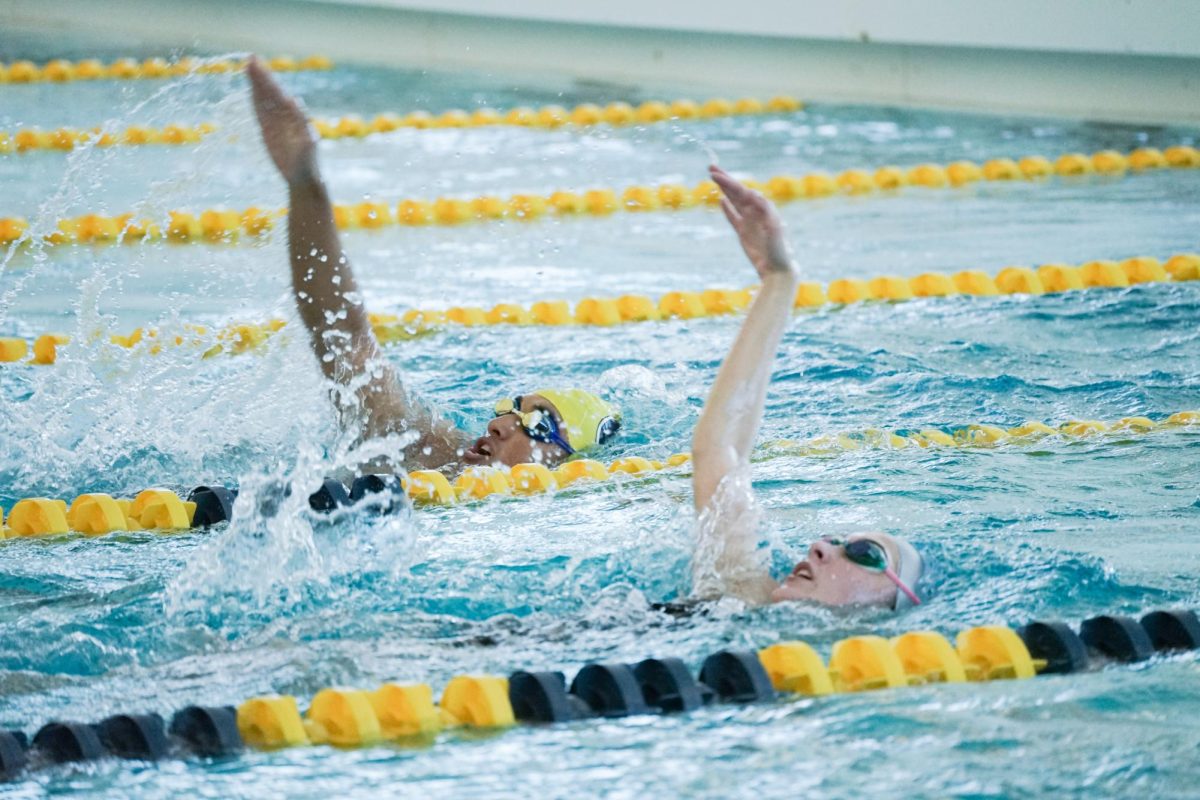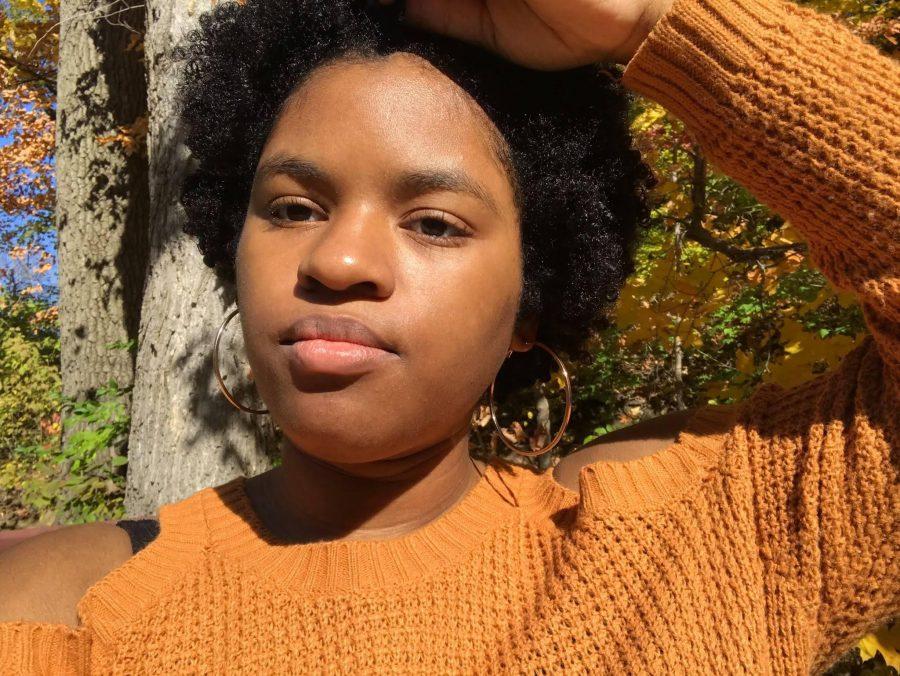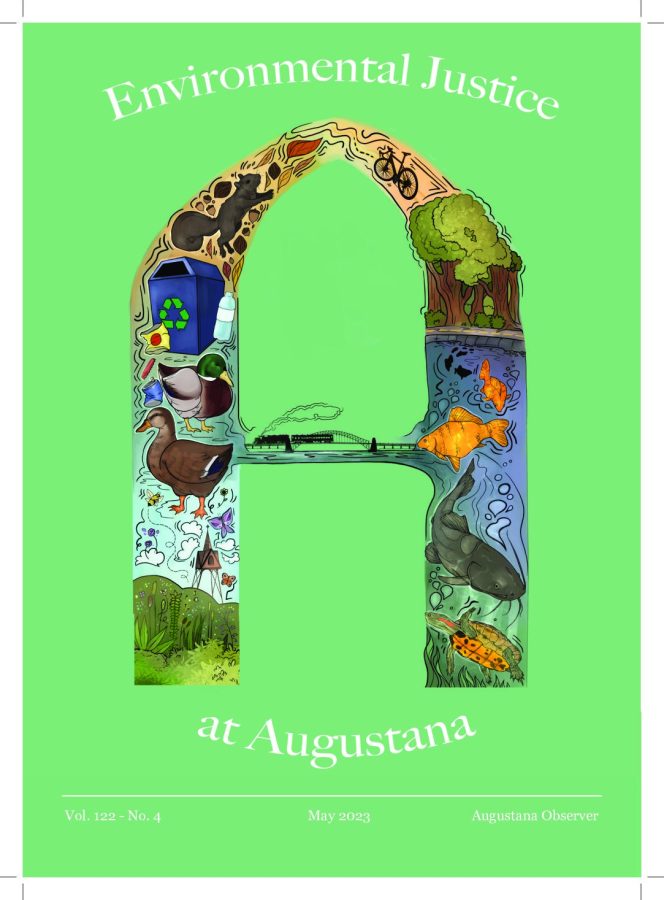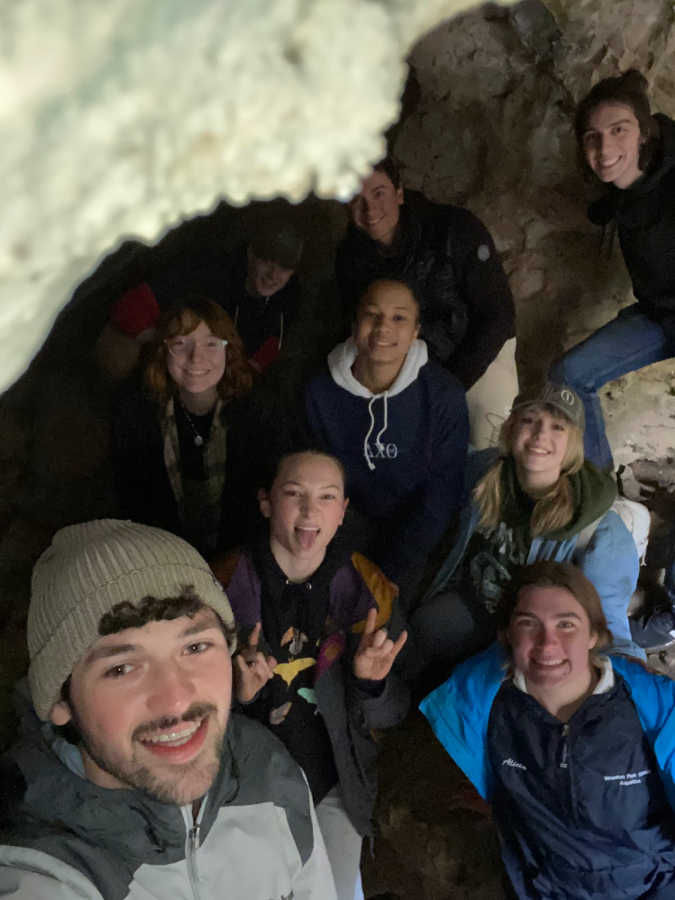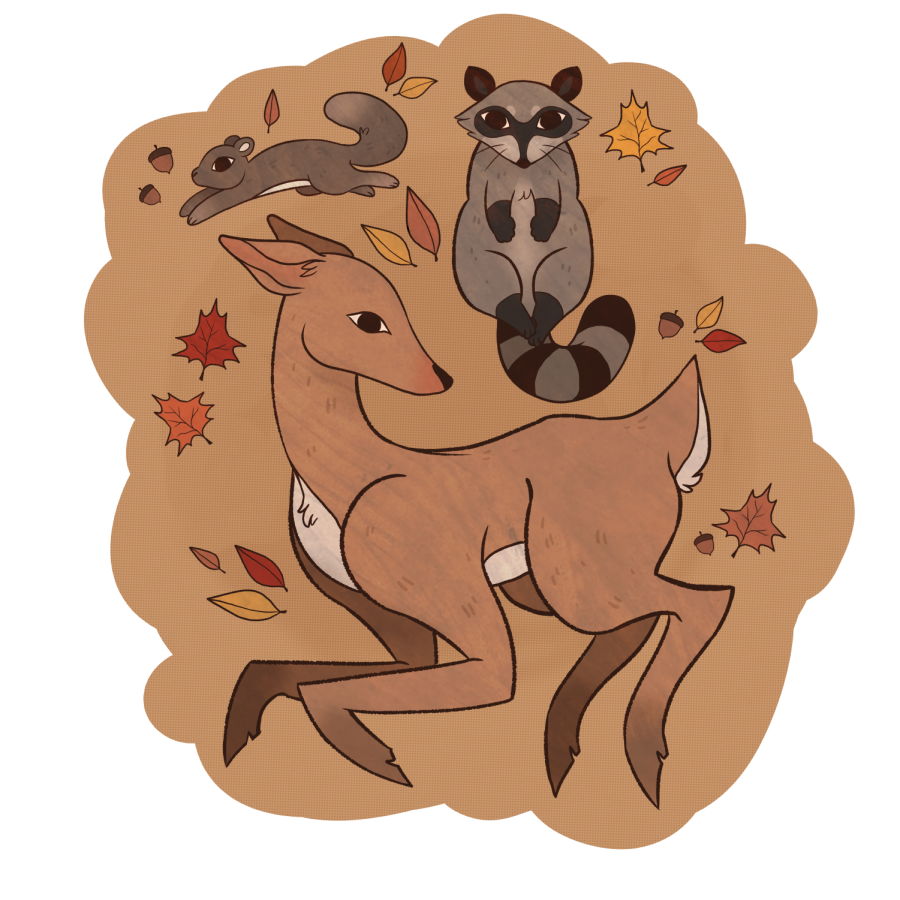“Black squirrels, deer, and Augie Raccoons, oh my!”
November 20, 2021
Standing on the Slough path, the slight breeze rustles the leaves and causes the ducks to tuck in their heads. Kai Swanson, the assistant to President Bahls and a lover of wildlife, looks out over the Slough as he begins to talk about the different wildlife on campus.
“There are all kinds of animals, a lot more than you see,” Swanson said, gesturing towards a squirrel sitting at the base of a tree. “Probably the most popular, well-known ones are the squirrels, and you may have seen raccoons.”
The campus wildlife generates more entertainment and happiness for students than it does inconvenience. “I think they’re cute,” Mari Kelley said. Kelley is a junior majoring in geology and history. “They make me happy.”
“Wildlife is part of the culture on campus,” Amy Nicholson, a senior majoring in environmental studies and theatre, said. When people visit, they always appreciate the amount of nature Augustana has. The wildlife is inextricably linked to the Augie experience. We even have black squirrel products, such as a drink in the Brew named after the animal.
Along with the squirrels, the raccoons here on campus have become increasingly popular among students over the past few years. Max, as he is lovingly named by some students, is an abnormally large raccoon who lives around Westerlin.
When students see these cute and interesting animals on a daily basis, they begin to form connections with them from afar. Connecting with nature has many benefits and may help reduce students’ daily stress levels. “I named [the raccoon that lives behind Arbaugh] Silvester,” Kelley said. “I haven’t seen him in a couple of weeks. I hope he’s doing okay.”
Raccoons are also constantly found looting through trash cans. This concerns not only students, as they are likely to get a surprise while taking out the trash, but also for the health of the raccoons.
“It’s a cardinal rule to minimize your interactions with them, because they don’t need you. Usually interactions have negative consequences for both the human and the animal,” Swanson said. “My strong advice would be to appreciate them. Love them. Create space between the person and the wildlife for [the benefit of] both organizations.”
Students who live on our campus encounter and interact with these animals on a regular basis, and many have found that it is a great way to connect with other students. For example, someone may take a photo of a raccoon in a dumpster and post it, sharing the experience with their friends.
It’s difficult to imagine Augie without these animals. “Walking along the slough path at night and seeing raccoons is something that’s talked about so much. It would be a very different vibe if we didn’t have the wildlife around,” Nicholson said.
Along with the raccoons, Swanson emphasized the importance of the deer here on campus. On Wednesday, Nov. 10, a buck was seen walking in front of the Gerber building. According to Swanson, “That’s a very good sign, having a healthy size deer population,” Swanson said. “If there are too many, they can get in trouble with vehicle interactions, but we’ve got an ideal location for a small number.”
Though the raccoons are by far the most popular animal amongst students here at Augie, the deer come in a close second. “A week ago I posted on my snapchat story a picture of a bunch of deer right on the hill of Founder’s,” Nicholson said.
While squirrels, raccoons and deer are among the most visible wildlife to students, there are many other animals that are lesser-known.
One of these is the red-eared box turtle. This species is unlike any other here on campus because of their unique vision and movement patterns. “They try to move to another body of water to mate so they’re not mating with just the same genetic pool. That makes them very susceptible because they will try to go across roadways to get to another body of water.” Swanson said.
While the majority of the wildlife here on campus is beneficial in one way or another, there are a few species that are not. One of these is the population of goldfish in the slough that were put there by students.
“We tried to get rid of them,” Swanson said, shaking his head, “but we couldn’t. It was crazy. We’ve put in some smallmouth bass. Every year as the goldfish that are left propagate, the smallmouth bass will eradicate the next generation of goldfish and the older, larger ones will eventually die.”
Nearly every student at Augie has encountered an animal here or there while walking to class or while on a leisurely stroll around campus. Although it may be tempting to feed the animals or attempt to befriend them, it is important to appreciate them from afar so that we can continue to coexist with them in a safe and enjoyable way. As long as we do so, the wildlife will continue to bring joy to students for years to come.






